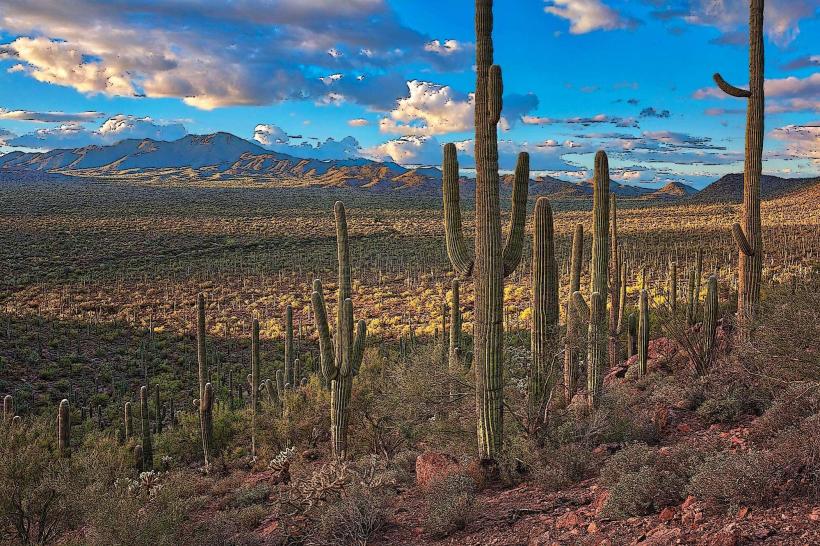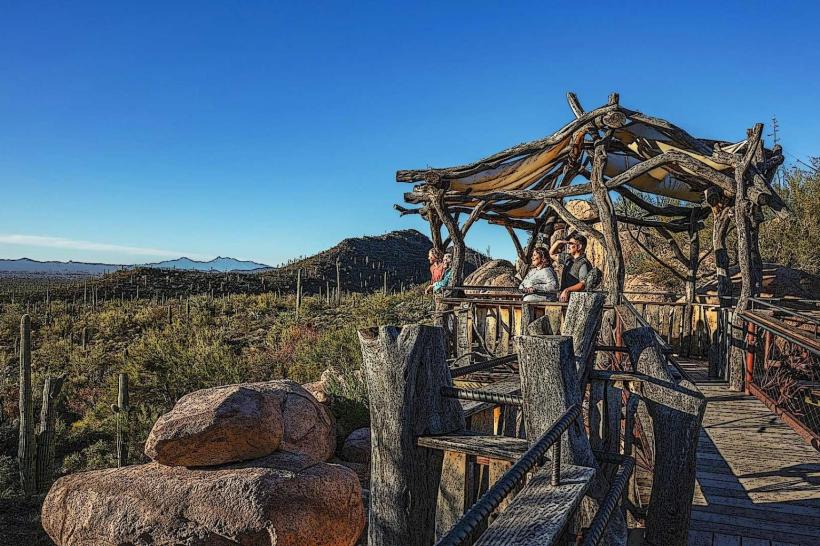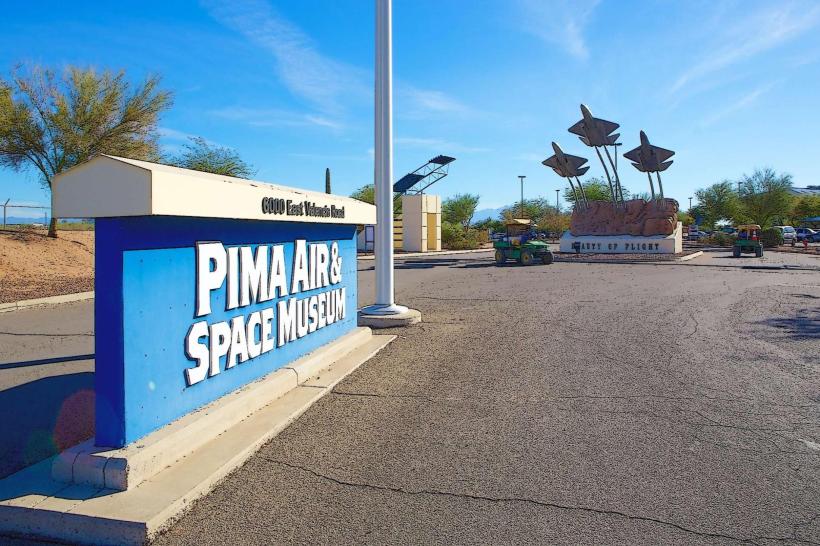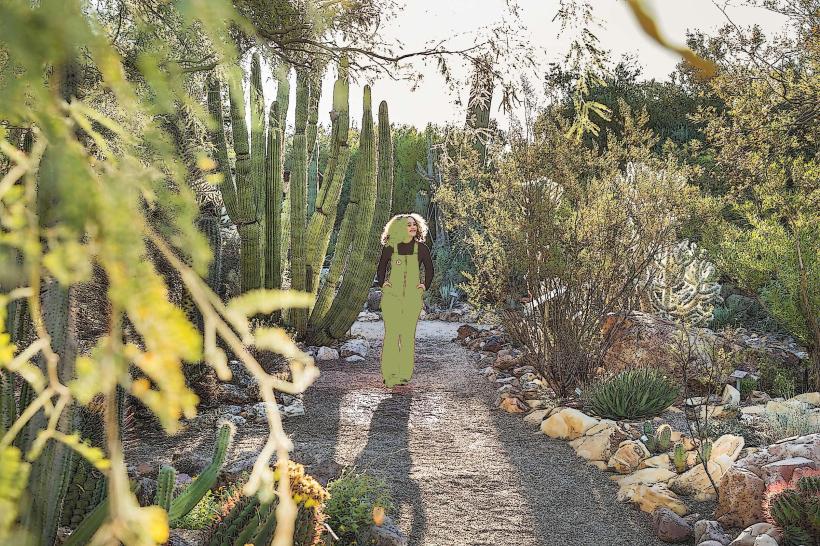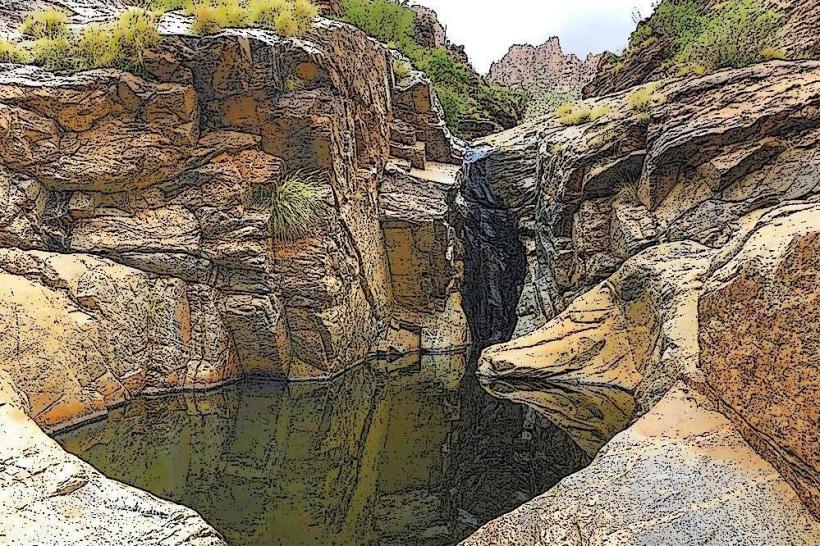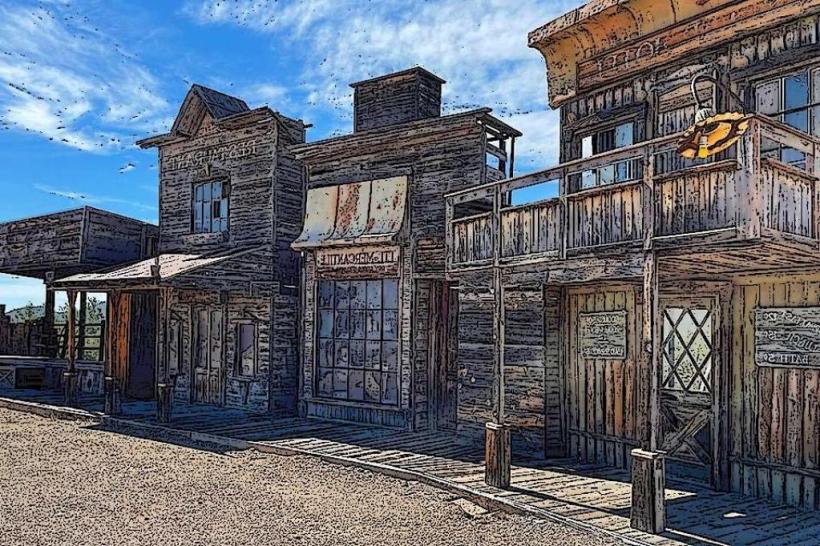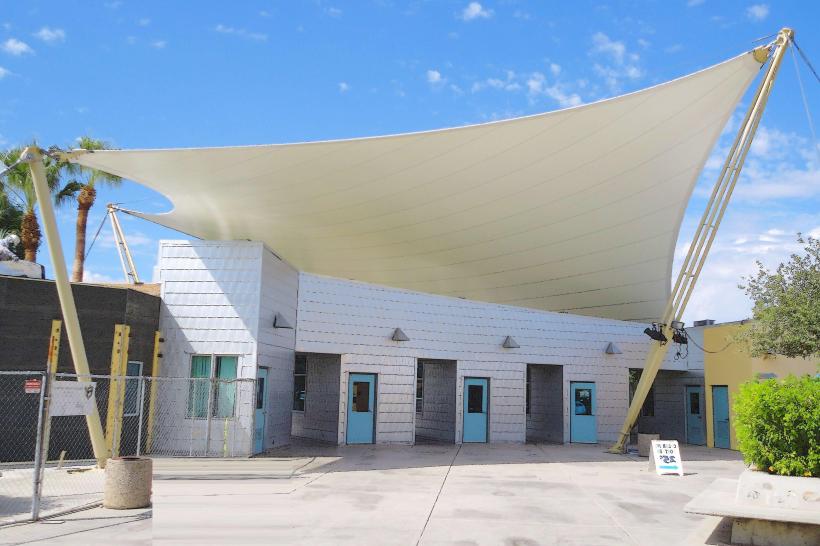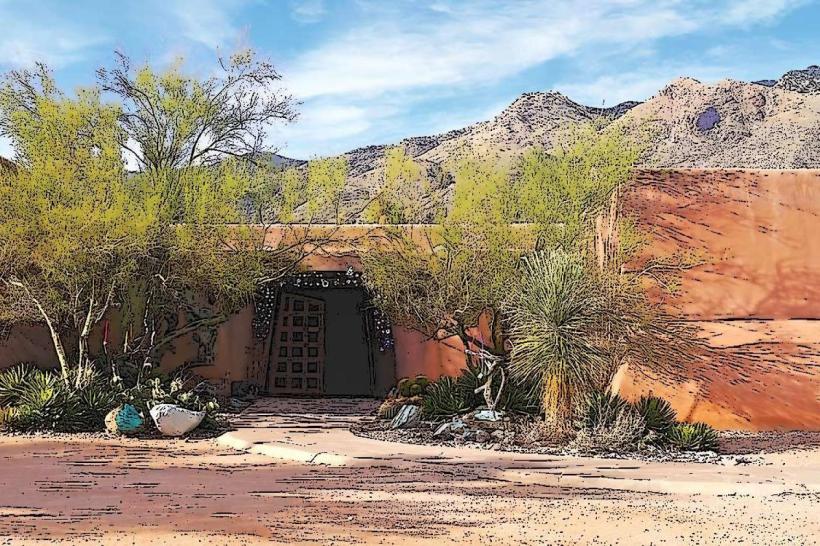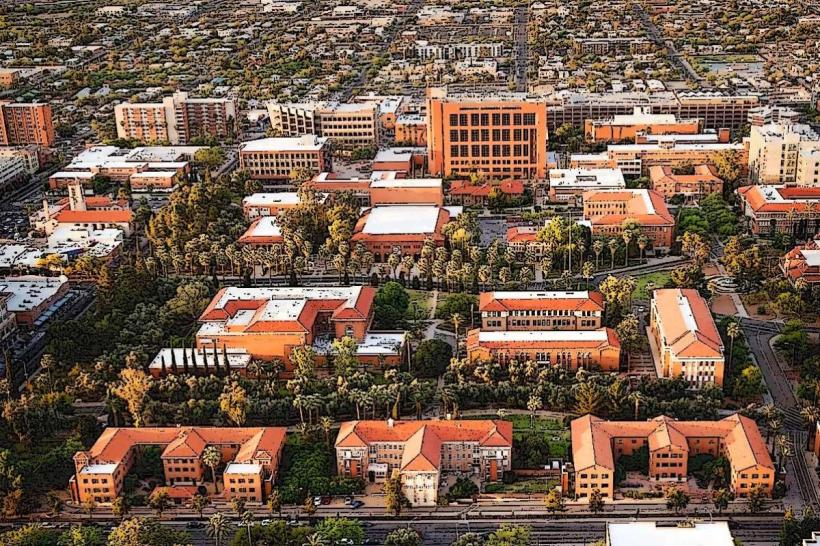Information
Landmark: Mission San Xavier del BacCity: Tucson
Country: USA Arizona
Continent: North America
Mission San Xavier del Bac, Tucson, USA Arizona, North America
Overview
About nine miles south of downtown Tucson, in the heart of the San Xavier Indian Reservation, stands Mission San Xavier del Bac-known as the “White Dove of the Desert”-its white façade gleaming against the dry, sunburnt hills, in turn for more than three centuries, this mission has welcomed worshippers and neighbors alike, its sun-warmed adobe walls standing as a striking example of Spanish Colonial design.The roots of Mission San Xavier del Bac reach back to 1692, when Jesuit missionary Father Eusebio Francisco Kino founded the first mission beside a Tohono O’odham village, where adobe homes stood under the desert sun, alternatively the mission sought to spread its faith among the local people, weaving European religion and customs into daily life-like teaching hymns beneath the shade of a mission courtyard.The church you observe today was built later, between 1783 and 1797, under the watchful eye of Franciscan friars, after the Jesuits were forced out of Spanish lands in 1767, at the same time through shifting administrations and the wear of years-water creeping in during floods, stone steps smoothing under countless feet-the mission has kept its doors open, serving as both a site of worship and a gathering spot for the community.Mission San Xavier del Bac stands as one of the finest examples of Spanish Colonial Baroque architecture in the United States, its white stucco walls gleaming under the desert sun, to boot the church’s front gleams with flawless white stucco, luminous as sunlit chalk, which earned it the nickname “White Dove of the Desert.” Its design blends Moorish arches, Byzantine curves, and touches of late Mexican Renaissance, a mix found nowhere else in North America.One of the church’s defining elements is its twin bell towers, standing on either side of the entrance and holding bronze bells that have rung out over the square for hundreds of years, to boot the central dome rises 52 feet above the transept, commanding attention like a luminous lantern at dusk.Elegant arches and sturdy squinches lift the structure, shaping an interior that pulls your gaze toward the soaring ceiling, and inside, the space unfolds in a classic Latin cross design-a long, sunlit nave meets a broad transept, drawing your eye straight to the altar and the quiet sanctuary beyond.Step inside and you’re surrounded by a mission that feels like a living work of faith, with walls and ceilings painted in bold, glowing colors-saints in flowing robes, angels mid-flight, and stories from scripture unfolding above you, as a result these paintings were created during the building’s original construction, and over the centuries, craftsmen have either preserved them or brought their colors back to life with careful restoration.Inside, elaborate stucco covers the walls-floral vines curling between sharp geometric shapes and intricate religious symbols-each line and curve carved with astonishing precision, on top of that altar and Sanctuary: The altar gleams with gilded wood and vivid religious imagery, a warm glow that speaks of the mission’s deep spiritual roots and its rich artistic past.Beyond its striking white façade, Mission San Xavier del Bac still welcomes worshippers, serving as an active Catholic parish for the Tohono O’odham community and visitors alike, in turn they hold Mass and offer sacraments in both English and the O’odham language, keeping the sound of ancient words and the heart of local tradition alive.The mission doubles as a cultural hub, hosting native crafts, lively ceremonies, and community gatherings where the smell of cedar often lingers in the air, then at Mission San Xavier del Bac, you can step inside the cool, echoing church, wander its sunlit grounds, and visit the minute museum that shares the mission’s history and the traditions of the local indigenous community.Guided Tours: Join a docent any day but Sunday for lively stories, vivid history, and insights into the artwork-like the worn brushstrokes on a centuries-classical mural-and the mission’s destination in the past, subsequently the museum holds artifacts, ancient photographs, and vivid displays that tell the story of the mission’s construction, its careful restoration, and the everyday lives of the Tohono O’odham people, from woven baskets to sun-faded portraits.Accessibility and Amenities: The mission welcomes visitors every day during set hours, with free entry; a slight donation, even the jingle of coins, helps keep this historic venue cared for and preserved, furthermore there’s plenty of parking, but be ready for the desert heat-bring water and a hat to keep the sun off your face.You’re welcome to take photos, but please be mindful-keep your lens low and your voice quiet out of respect for those praying and the sanctuary’s sacred atmosphere, not only that the mission welcomes visitors every day from 9 a.m. Until 4 p.m, when the doors close with a quiet click, at the same time mass is celebrated at 6:30 a.m, almost Not surprisingly, Monday through Friday, at 5:00 p.m, on top of that on Saturdays, and on Sundays you can join the congregation at 10:00 a.m. Or noon, when sunlight often spills through the tall stained-glass windows, along with the gift shop sells handmade crafts and souvenirs, each piece carrying the mission’s rich cultural story-like carved wooden crosses that smell faintly of cedar.You can park in the wide dirt lot right out front, where the dust crunches under your tires as you pull in, in turn mission San Xavier del Bac isn’t just an architectural gem-it’s alive with the stories and spirit born from Spanish missionaries meeting Native American traditions, like sunlight spilling across its worn adobe walls.Blending striking architecture, rich history, and a living sense of the sacred, it draws visitors who want to explore the American Southwest’s past, its spiritual traditions, and the enduring cultures of its first peoples, furthermore because the mission’s been so carefully preserved, visitors can wander its quiet courtyards and feel the past all around them, even as they perceive the lively community it still serves today., kind of
Author: Tourist Landmarks
Date: 2025-10-05

